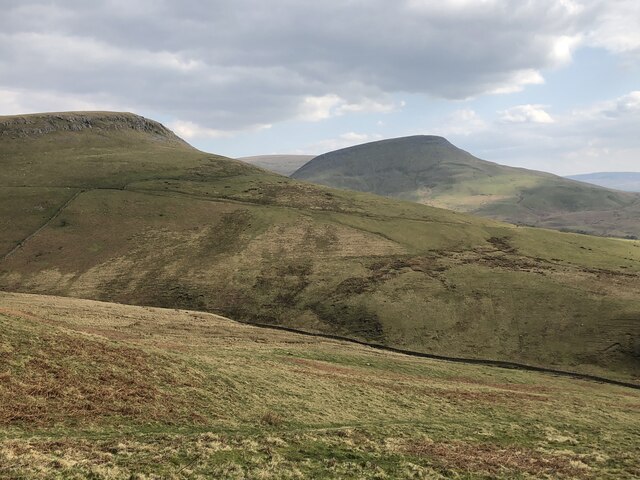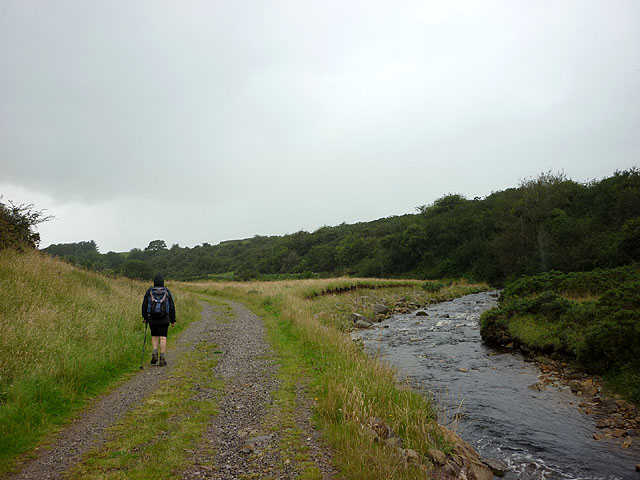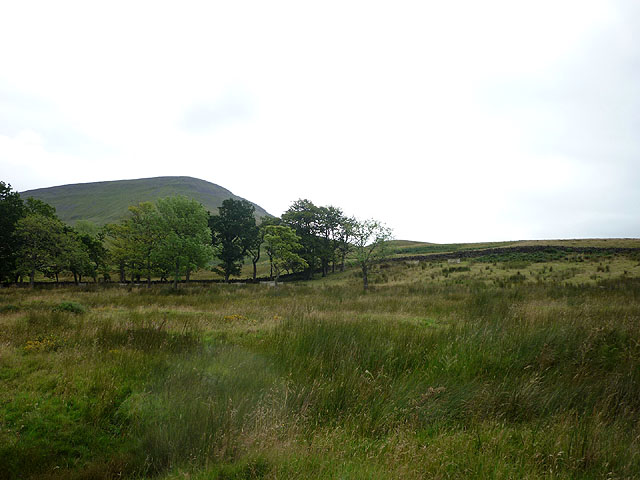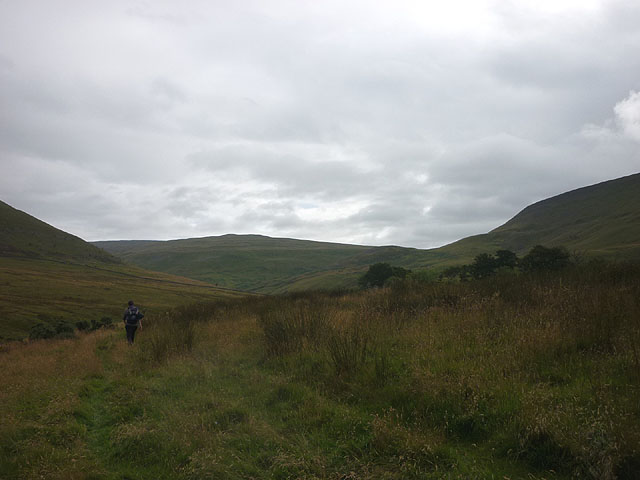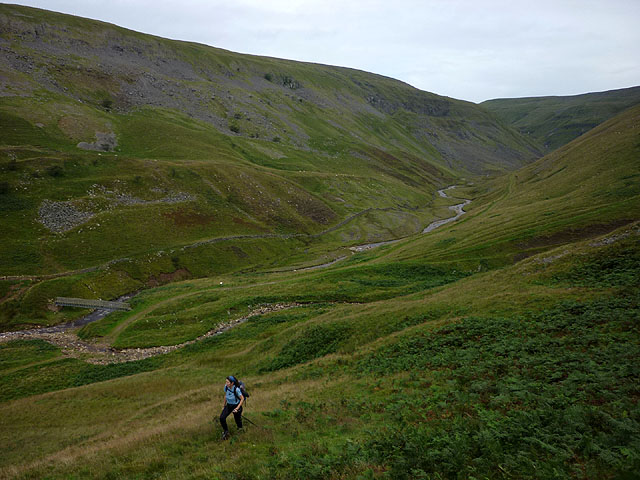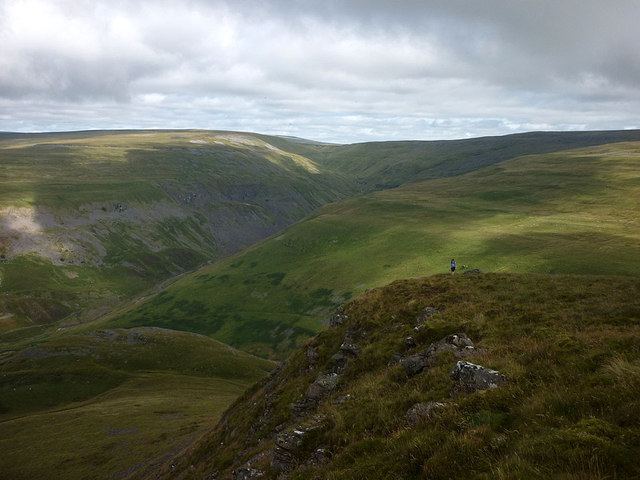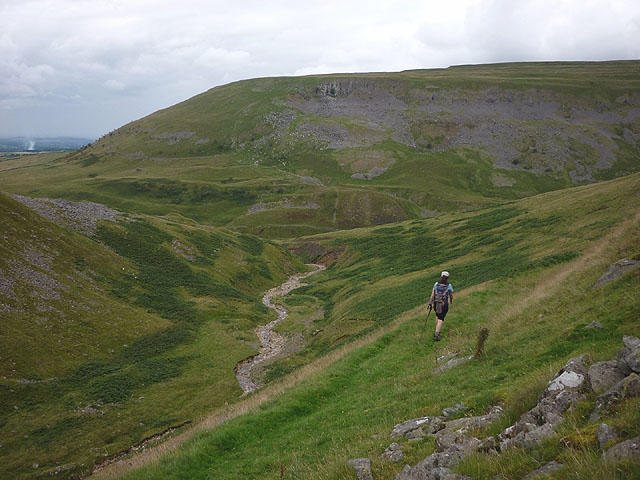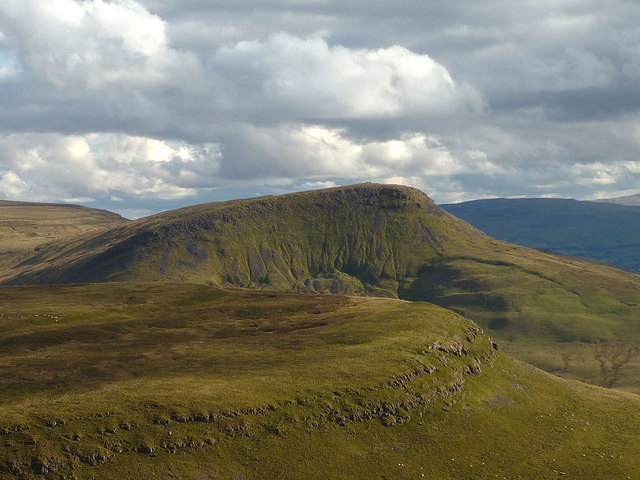East Moor
Downs, Moorland in Westmorland Eden
England
East Moor

East Moor, Westmorland, also known as Downs, Moorland, is a picturesque region located in the county of Cumbria in northwestern England. Situated in the beautiful Lake District National Park, this area is renowned for its natural beauty, rolling hills, and stunning landscapes.
Covering a significant portion of the eastern part of Westmorland, East Moor is characterized by its vast expanses of moorland, heather-covered hills, and meandering streams. The region is dotted with charming villages, each with its own unique character and architecture, providing a glimpse into the area's rich history.
East Moor is home to a wide variety of flora and fauna, including heather, bracken, and wildflowers, as well as several species of birds and small mammals. The moorland serves as a habitat for many rare and protected species, making it an important conservation area.
Outdoor enthusiasts are drawn to East Moor for its excellent walking and hiking trails, offering visitors the opportunity to explore the stunning countryside and take in breathtaking panoramic views. The area is also popular for birdwatching, with several species of birds of prey, such as the peregrine falcon and merlin, frequently spotted here.
Visitors to East Moor can also indulge in the region's rich cultural heritage by visiting historical sites, including ancient stone circles and prehistoric settlements. The nearby market town of Kendal provides a gateway to the Lake District, offering a range of amenities, including shops, restaurants, and accommodation options.
In summary, East Moor, Westmorland, is a captivating region with its moorland landscapes, charming villages, and abundant wildlife. It is an idyllic destination for nature lovers and those seeking a peaceful retreat in the heart of the Lake District.
If you have any feedback on the listing, please let us know in the comments section below.
East Moor Images
Images are sourced within 2km of 54.573683/-2.3963369 or Grid Reference NY7419. Thanks to Geograph Open Source API. All images are credited.


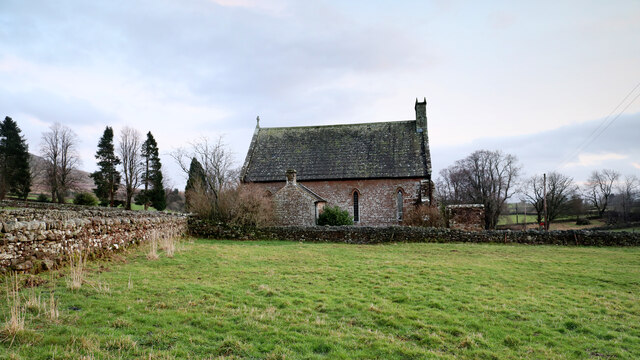

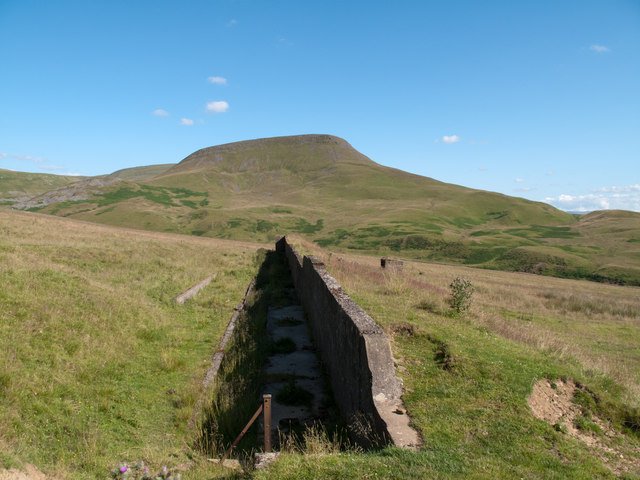
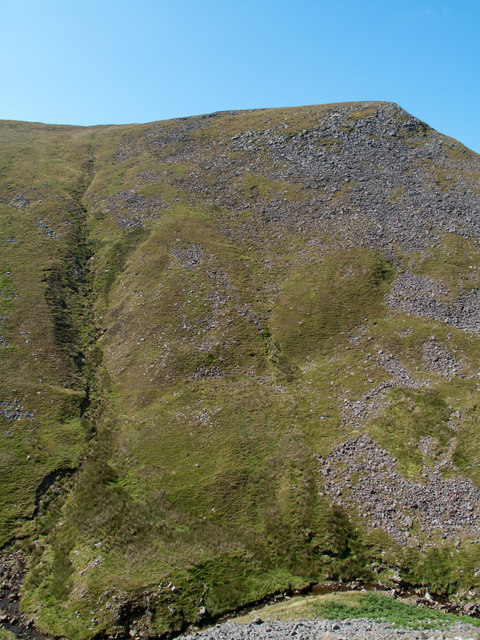
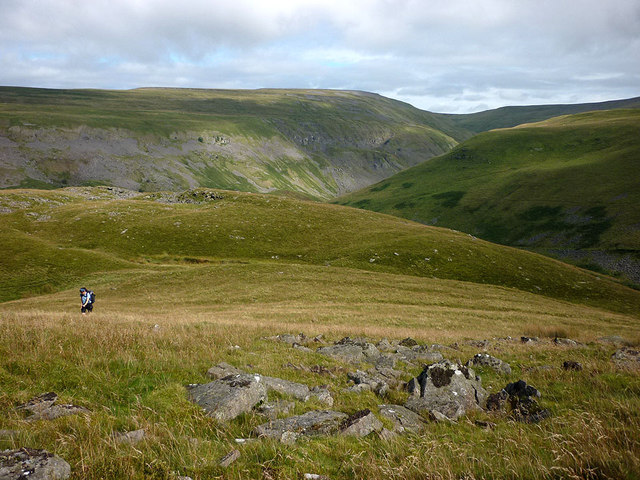
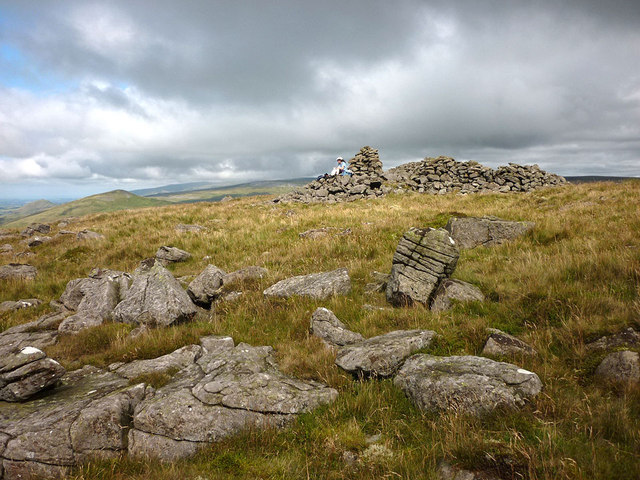
East Moor is located at Grid Ref: NY7419 (Lat: 54.573683, Lng: -2.3963369)
Administrative County: Cumbria
District: Eden
Police Authority: Cumbria
What 3 Words
///frightens.initiated.oils. Near Appleby-in-Westmorland, Cumbria
Nearby Locations
Related Wikis
Hilton, Cumbria
Hilton is a village in Cumbria, England, in the civil parish of Murton, about 3 miles (4.8 km) east of Appleby-in-Westmorland and at an elevation of 752...
Murton, Cumbria
Murton is a small village and civil parish in the Eden District of Cumbria, England. The parish had a population of 330 in 2001, rising to 360 at the 2011...
Brackenber
Brackenber is a hamlet in the civil parish of Murton in Cumbria, England. It is near the town of Appleby-in-Westmorland and the village of Hilton, Cumbria...
Coupland, Cumbria
Coupland is a small village in Cumbria, England, in the civil parish of Warcop. It is situated a short distance to the south-east of Appleby-in-Westmorland...
Have you been to East Moor?
Leave your review of East Moor below (or comments, questions and feedback).
